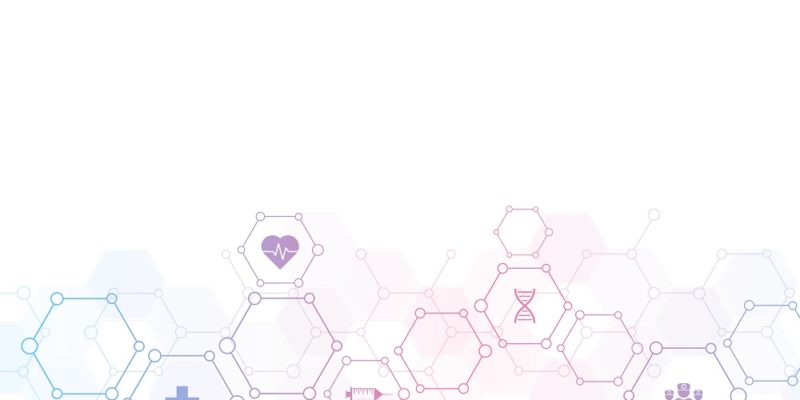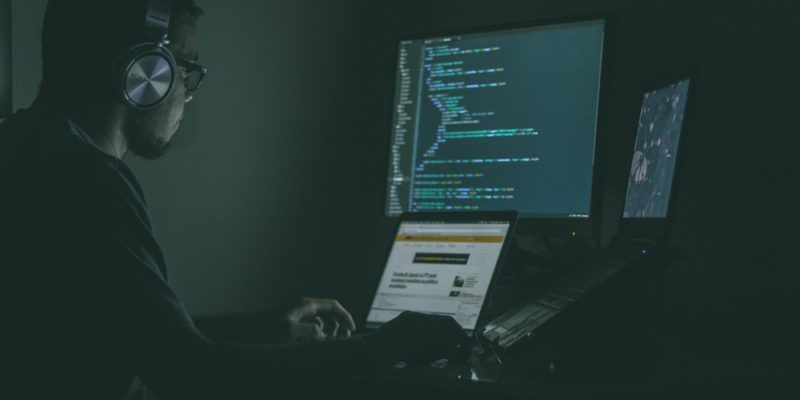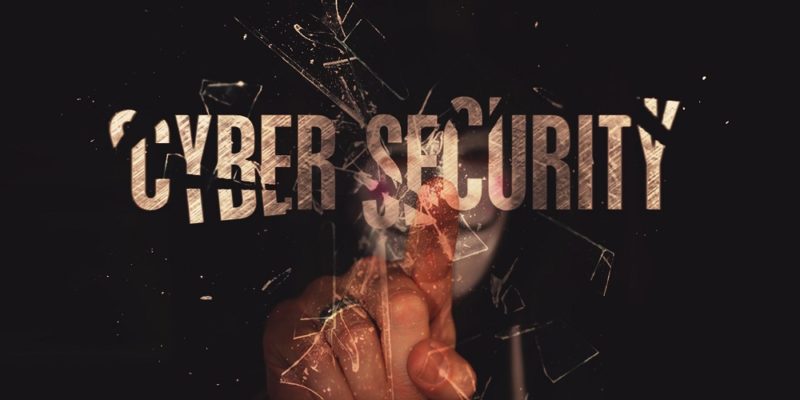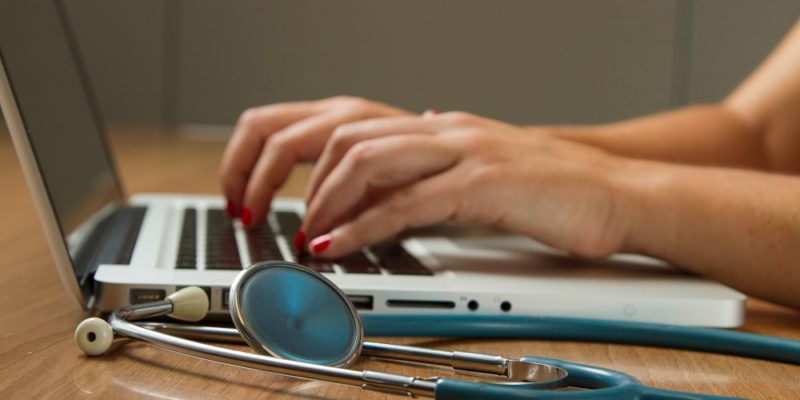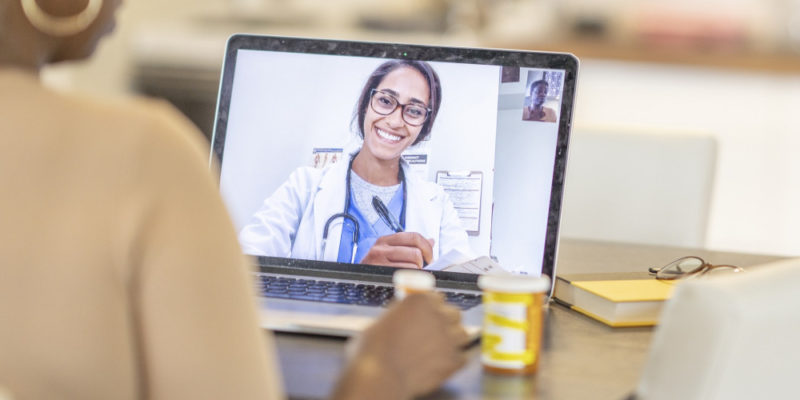 Cyberattacks in healthcare sector more likely to carry financial consequences
Cyberattacks in healthcare sector more likely to carry financial consequences
Netwrix announced additional findings for the healthcare sector from its global 2022 Cloud Security Report, revealing that 61% of respondents in the healthcare industry suffered a cyberattack on their cloud infrastructure within the last 12 months, compared to 53% for other verticals. Phishing was the most common type of attack reported. “The healthcare sector is…

